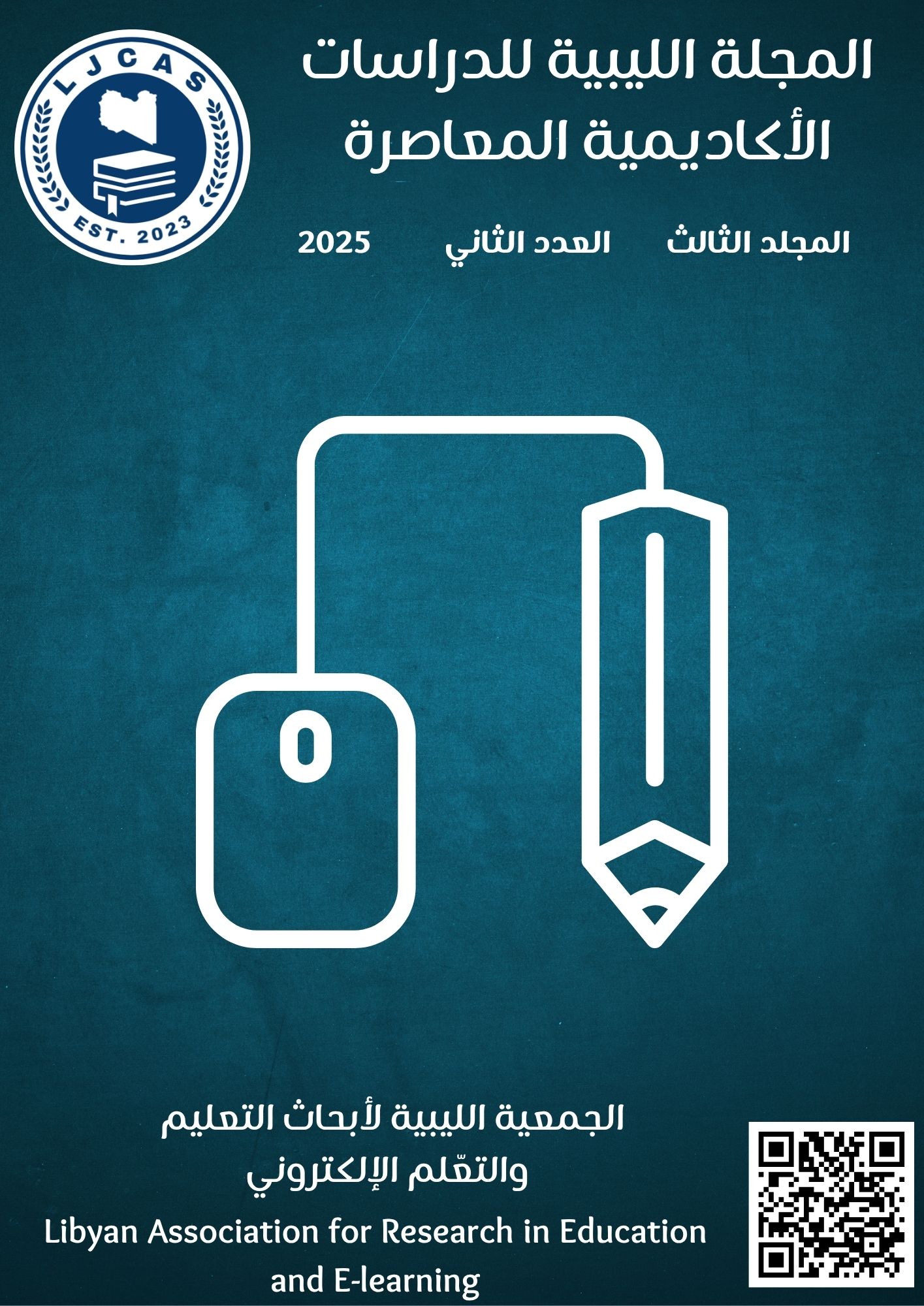The application of Catford’s Linguistic Theory of Translation (Category Shifts) as a Translation Technique on the English - Arabic Translation of the novel (Oliver Twist) An Analytical study
DOI:
https://doi.org/10.65417/ljcas.v3i2.172الكلمات المفتاحية:
Translation، translation methods، Catford's linguistic theory، Oliver Twist، source language، target languageالملخص
Translators between English and Arabic may face difficulties because of the differences in nature and structure that need them to use techniques help them avoiding these difficulties. The researcher thinks that shift approach
( Category Shifts ) by Catford are very helpful for translators between English and Arabic because they help dealing with the four kinds of differences namely ( structure , unit, class and system ). The study uses the Arabic translation of the novel of ( Oliver Twist) by Charles Dickens as a case study to investigate the way in which these shifts are used find the appropriate meanings of some words and clauses so that the reader can understand the intended meanings of the writer away from the differences between the source and target languages.
The study is divided into two parts , theoretical part in which the researcher shed light generally on the Linguistic theory of translation and the differences between Level Shift and Category Shift.
The second part analysis the data in which the examples of shifts are divided in tables according to the kind of shifts used followed by a discussion clarifying the way in which the shift is used.







